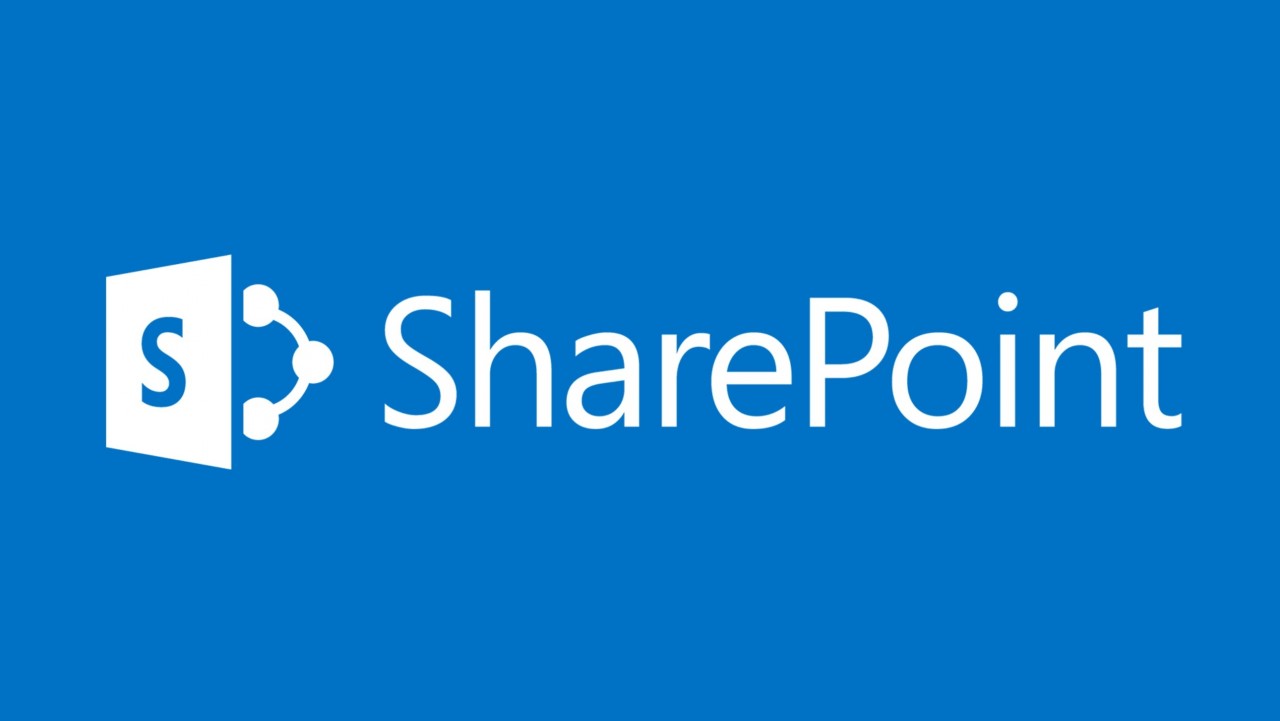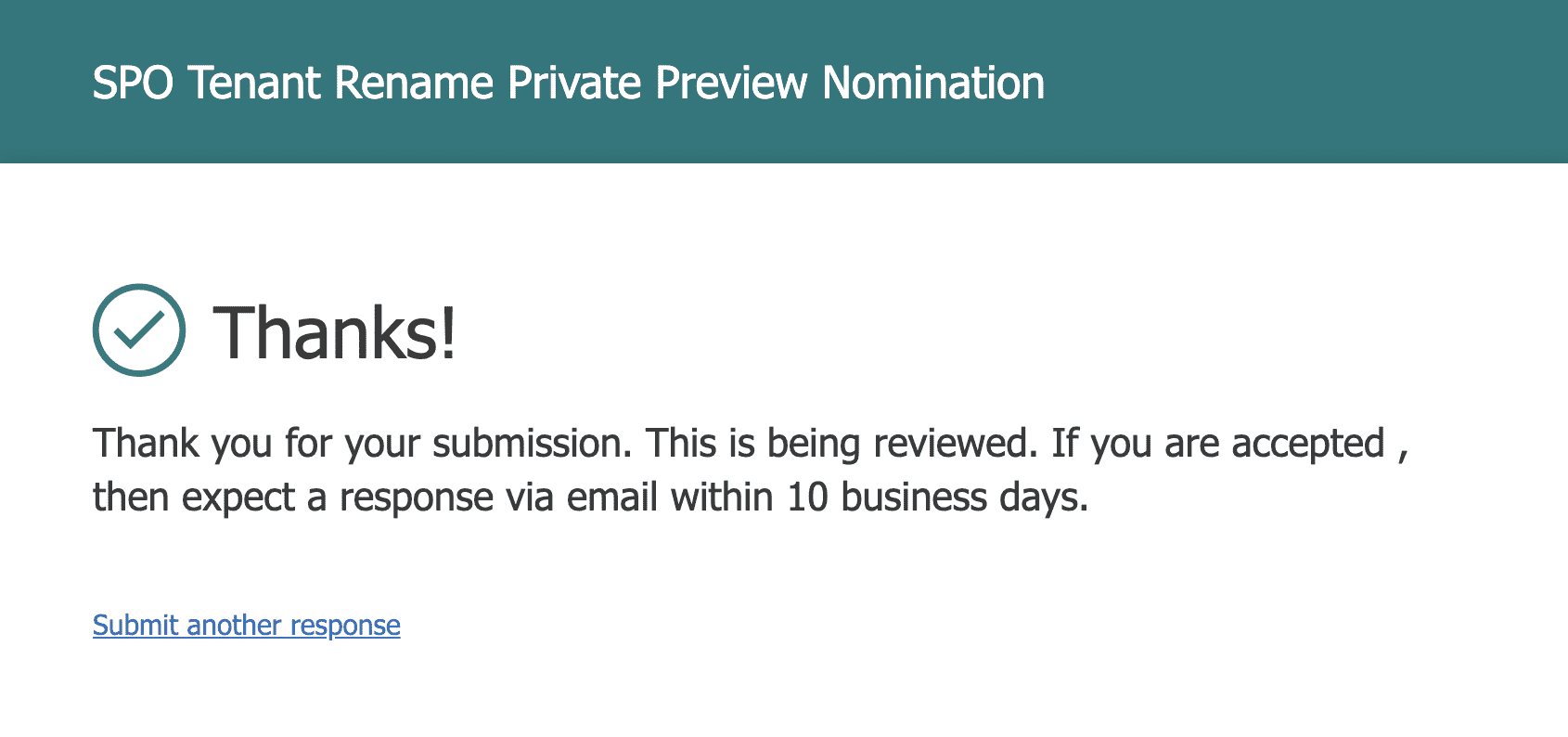How to Rename Your SharePoint Domain in Microsoft 365
A long-requested feature in SharePoint Online is the ability to change the URL of the top-level SharePoint site. This setting is determined by the tenant name you choose when your tenant was first created, meaning the URL will always be https://<tenantname>.sharepoint.com. Poorly considered tenant name choices, along with company rebranding or renaming, are just a few reasons that many organizations may find themselves planning a challenging and disruptive tenant to tenant migration they could potentially avoid if they could simply change this URL.
Thankfully, Microsoft has recently announced that this will soon be possible in Microsoft 365. At the time of writing, this feature is in a private preview that you need to sign up for and request access. Once submitted you may expect an email response within 10 business days (Figure 1).
While you wait for approval to come through, give some thought to the URL that you would like to set. You will add this from the custom domain names section of the Azure Active Directory portal. In Figure 2, we see the new domain sharepointrocks.onmicrosoft.com successfully added and verified to my tenant.
Note: you are only able to verify a new custom domain to your tenant if it is available and not already in use on another tenant.
When the domain is successfully added, and Microsoft confirm your tenant has been added to the preview, you may use the latest version of the SharePoint Online Management Shell to change the SharePoint URL to the newly added domain name as per the following steps (you must be either a Global Administrator or a SharePoint Administrator):
Connect-SPOService -Url "https://<currenttenantname>-admin.sharepoint.com"
Once connected, run the following command to set the new custom domain name, and the date that you wish the change to take place – this must be at least 24 hours in the future, but no more than 30 days.
Start-SPOTenantRename -DomainName <DomainName> -ScheduledDateTime <YYYY-MM-DDTHH:MM:SS> [-WhatIf] [-Confirm]
How to Rename your SharePoint Domain in Microsoft 365:
- Make sure your tenant is eligible and has registered for appropriate access.
- Determine the name that you will use and that it meets all known requirements.
- Execute Powershell script within confines of 24hrs into the future time requirement.
- Monitor name change status and amend documentation as needed.
Things to consider
Before you rush to do this in your Microsoft 365 tenant, consider that this feature is currently in preview. Think carefully before deploying any preview feature to your production environment.
Diligently review and understand the many limitations and caveats that accompany this feature. Microsoft defines these in low, medium, and high impact categories.
As a point of reference, listed below are the high impact categories:
| App/feature | Limitation | Action required |
|---|---|---|
| Deleted sites | Any sites that have been deleted can’t be restored after the change. | Before changing your domain name, review the Deleted sites page in the SharePoint admin center and restore any sites that you might want to keep. |
| Multi-Geo configurations | Your SharePoint domain name can’t be changed if your organization is currently set up for Microsoft 365 Multi-Geo or was previously set up for it. | No action available. |
| Point-in-time restoration | Restoring a site to a previous time before the domain name change isn’t possible. | No action available. |
| Vanity domain configurations | Your domain name can’t be changed if you have a vanity domain configuration. | No action available. |
Review features and settings in your environment that may be affected by the domain name change.
Summary
This is a welcome and long-awaited step from Microsoft and will benefit organizations who only need to change their SharePoint URL, without requiring a costly and disruptive tenant to tenant migration. I’d be very hesitant to use this in a live environment whilst it is a preview feature of course, so let us hope it reaches general availability sooner rather than later as this is going to be a very useful and popular feature.






